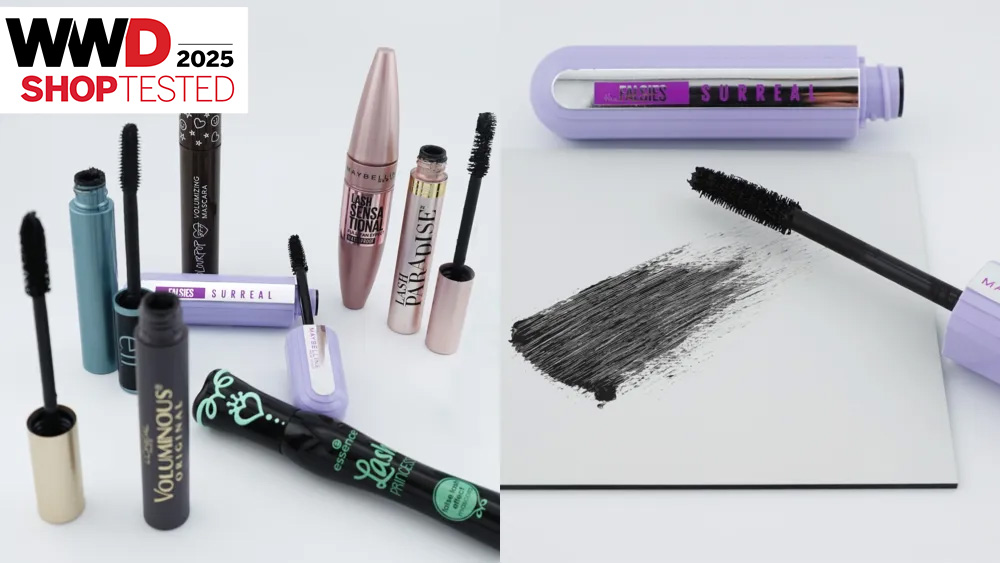Cartier-owner Richemont posted a 14 percent rise in organic sales on Friday, exceeding analyst forecasts as the luxury group said it had navigated “unprecedented” headwinds marked by currency movements, rising gold prices and US tariffs.
The quarterly sales rise at constant exchange rates in the July to September period topped estimates of 7 percent organic growth in a Visible Alpha poll of analysts. Growth at real exchange rates was a lower 8 percent, hit by the weaker dollar.
Richemont’s beat points to a broader potential recovery in the luxury sector, with the Chinese market also returning to growth, echoing more positive signals there from other luxury houses including LVMH and Hermès.
Its shares jumped 6.5 percent in early trading.
“The beat is broad, on all divisions and geographies,” Bernstein analyst Luca Solca said.
Some Early Signs of Improved Demand in China
China, combined with Hong Kong and Macau, returned to growth during the quarter, Richemont said, hailing a “noticeable improvement” in the local sales trend. It was the first positive reading in almost two years.
Chairman Johann Rupert said on a call after the results he was seeing “some early signs” of improved demand in China, but cautioned it was too early to speak of a full recovery.
Sales in the Asia-Pacific region, Richemont’s most important market dominated by China, rose by 10 percent at constant exchange rates.
Cartier-Owner Navigates Us Trade Tariffs
Swiss-based Richemont is also weathering US trade tariffs and the luxury sector’s recent slump better than most peers due to a steady price policy and exposure to jewellery rather than faster-moving fashion, analysts say.
The United States and Switzerland have also edged closer to a trade deal to reduce president Donald Trump’s crippling 39 percent tariffs on Swiss imports.
The United States is Richemont’s biggest single market, generating about 22 percent of sales. The company’s other brands include watchmakers IWC, Piaget and Jaeger-LeCoultre, as well as jeweller Van Cleef & Arpels.
Richemont executives said the impact from US tariffs on its earnings was low in the first half of the year but could be higher in the second half if the rate is not changed, leading to a potential €300 million ($350 million) hit for the full year.
Chart showing European luxury shares of Kering, Richemont, LVMH and a sector index recovering from a summer lull in recent months.
Company Avoids “Greedflation Self-Inflicted Pain”
HSBC said that Richemont was benefiting from not having hiked prices excessively and was now reaping the reward.
“Richemont was not part of that greedflation self-inflicted pain that most of the soft luxury names are correcting now, and thus it could partially offset these headwinds,” HSBC analysts said in a note.
Shareholders’ net profit rose to €1.80 billion, 1.35 billion more than last year, when Richemont posted a €1.2 billion non-cash writedown of assets held by online luxury portal YNAP, which it sold to digital retailer group MyTheresa.
The company said it now had “high expectations and hopes” for the festive season.
By John Revill
Learn more:
High Margin: Can Richemont Keep Up Its Winning Streak?
The Cartier owner has been luxury’s most dynamic conglomerate in recent years. But tariffs, high gold prices and a softening US market pose challenges. Plus, Burberry’s moment of truth and a preview of Paris Photo.


